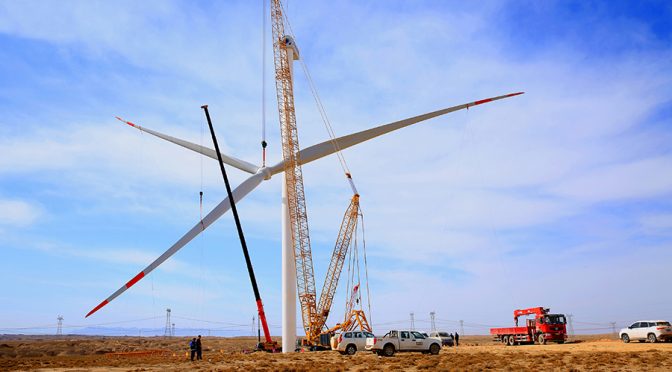The future of renewable energy in China presents a mix of vast opportunities and significant challenges. As the world’s largest energy consumer and greenhouse gas emitter, China’s commitment to clean energy transition is crucial in the global fight against climate change. The country has made remarkable progress in recent years, becoming the world leader in renewable energy investment and capacity. However, it still faces several obstacles that need to be addressed to fully harness the potential of renewables and achieve a sustainable energy future.
China’s renewable energy sector has experienced rapid growth, driven by the government’s ambitious targets and supportive policies. In 2020, China accounted for nearly half of the global renewable energy capacity additions, with its total installed capacity reaching 895 GW. Solar and wind power have been the primary drivers of this growth, with China being the largest producer of solar panels and wind turbines in the world. The country’s 14th Five-Year Plan (2021-2025) further emphasizes the importance of clean energy, setting a target for non-fossil fuels to account for 20% of the primary energy consumption by 2025.
The opportunities for renewable energy in China are immense, given the country’s vast resources and technological advancements. China has abundant solar, wind, hydro, and biomass resources, which can be harnessed to meet its growing energy demand and reduce its reliance on fossil fuels. Moreover, China’s leadership in clean technology innovation, particularly in solar photovoltaics and electric vehicles, provides a competitive edge in the global clean energy market. The transition to renewable energy also offers significant socio-economic benefits, such as job creation, improved air quality, and enhanced energy security.
However, the path to a renewable energy future in China is not without challenges. One of the major issues is the integration of variable renewable energy sources, such as solar and wind, into the power grid. The intermittent nature of these sources requires a flexible and reliable grid infrastructure, which is currently lacking in many parts of China. This has led to a high rate of curtailment, where generated renewable energy is wasted due to grid constraints. In 2020, China’s wind and solar curtailment rates were 4% and 3%, respectively, resulting in significant economic losses and underutilization of clean energy resources.
Another challenge is the need for a comprehensive policy framework that addresses the diverse aspects of renewable energy development, including financing, technology, and market mechanisms. While China has implemented various policies to promote renewables, such as feed-in tariffs and renewable portfolio standards, there is still room for improvement in terms of policy coherence and effectiveness. For instance, the transition from feed-in tariffs to competitive auctions for solar and wind projects has led to a slowdown in capacity additions, as developers face uncertainties in the new market environment.
Furthermore, the social and environmental impacts of renewable energy projects must be carefully considered and managed. Large-scale hydropower projects, for example, have raised concerns over displacement of local communities, loss of biodiversity, and alteration of river ecosystems. Similarly, the production of solar panels and wind turbines involves the use of hazardous materials and generates waste, which need to be properly handled to minimize environmental risks.
In conclusion, the future of renewable energy in China holds great promise, but also poses significant challenges that need to be addressed through concerted efforts by the government, industry, and society. By overcoming these challenges, China can not only achieve its clean energy goals but also contribute to the global transition towards a sustainable and low-carbon future. The country’s experience and lessons learned in renewable energy development can also serve as valuable insights for other nations embarking on their own clean energy journeys.


